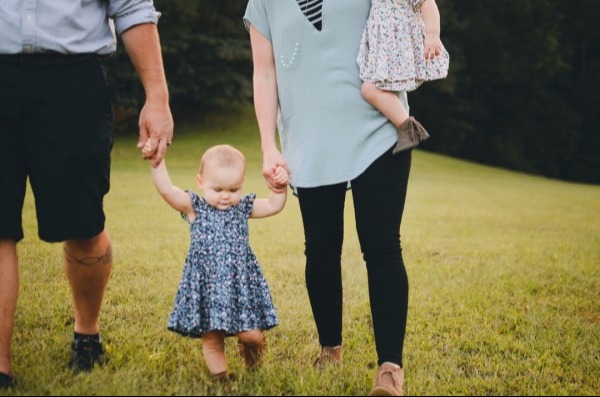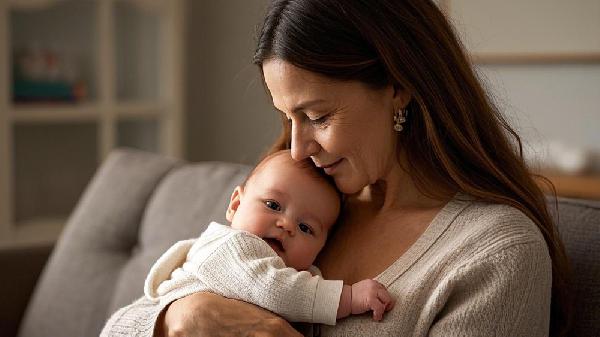A recent study published in JAMA Internal Medicine has uncovered a disturbing reality: over three million American women experienced coercion during their first sexual encounter. This staggering number, researchers warn, is likely just the tip of the iceberg when it comes to understanding the prevalence of sexual violence in intimate experiences.

The Hidden Scale of Sexual Coercion
The study, conducted by researchers from the Cambridge Health Alliance and Harvard Medical School, analyzed data from the CDC's National Survey of Family Growth. Their findings revealed that 6.5% of women aged 18-44 reported their sexual initiation as non-consensual. When extrapolated to the national population, this translates to approximately 3.35 million women in that age group alone. But here's the kicker—these numbers probably underestimate the true scope of the problem.
First, the study only included women up to age 44. As researcher Laura Hawks points out, "If we'd surveyed women of all ages, we'd likely be looking at several million more cases." Second, the data was collected before #MeToo gained momentum, meaning many women might now feel more comfortable disclosing past trauma than they did during the survey period.
Power Imbalances That Enable Abuse
The age disparities revealed in the study paint a particularly disturbing picture. While women who consented to their first sexual experience averaged 17 years old, those who were coerced were typically just 15—with nearly 7% being under 10 years old. Meanwhile, their partners averaged 27 years old. That's not just an age gap—that's a chasm of power differentials.
Hawks emphasizes this point: "When you've got a teenager—maybe even a child—with someone a decade older, we're talking about massive differences in physical size, life experience, and emotional maturity." This power imbalance manifests in various forms of coercion:
Physical restraint (reported by 46.3% of victims)
Verbal pressure (56%)
Threats of relationship abandonment (16%)
As Hawks bluntly states, "Any unwanted sexual contact meets the definition of rape." Yet society clings to outdated stereotypes about what "real" sexual violence looks like—typically involving a stranger, physical force, and immediate police reporting. This narrow view leaves countless survivors without recognition or support.
The Lifelong Shadow of Trauma
The consequences of coerced sexual initiation extend far beyond the initial violation. Women who experienced this trauma face significantly worse health outcomes across multiple dimensions:
Higher rates of early and unintended pregnancy
Increased risk of miscarriage and gynecological conditions
Greater likelihood of chronic pelvic pain and endometriosis
Overall poorer self-reported health status
The psychological toll is equally severe. Many survivors struggle with concentration, memory, and task completion—likely tied to the insomnia, nightmares, and intrusive thoughts that often follow trauma. As described in the *Survivors' Guide to Coping* from Somerset & Avon Rape & Sexual Abuse Support, feelings of guilt, shame, and self-loathing can persist for years.
Dr. Alison Huang from UCSF notes, "These negative effects don't just fade with time—they often intensify or manifest in new ways as survivors age." Yet despite these profound impacts, medical professionals frequently overlook sexual trauma when evaluating women's health concerns.
A Call for Better Clinical Practices
The study highlights critical gaps in healthcare responses to sexual violence. Dr. Huang advocates for routine screening about sexual history—but with crucial caveats. "These questions require extraordinary sensitivity," she emphasizes. "We need training to ask about trauma without retraumatizing patients, and to recognize how sexual violence might present physically years later."
Currently, few studies examine rape specifically during first sexual experiences. This research underscores why that needs to change—not just for academic understanding, but to drive policy changes, improve clinical care, and ultimately support survivors in healing. Because when three million is just the starting point for counting victims, we've got a systemic problem that demands systemic solutions.
Moving forward requires dismantling myths about sexual violence, educating professionals across fields, and creating spaces where survivors feel safe coming forward. Most importantly, it means listening—really listening—when women share their experiences, even (especially) when those stories don't fit society's narrow expectations of what assault "should" look like.
























